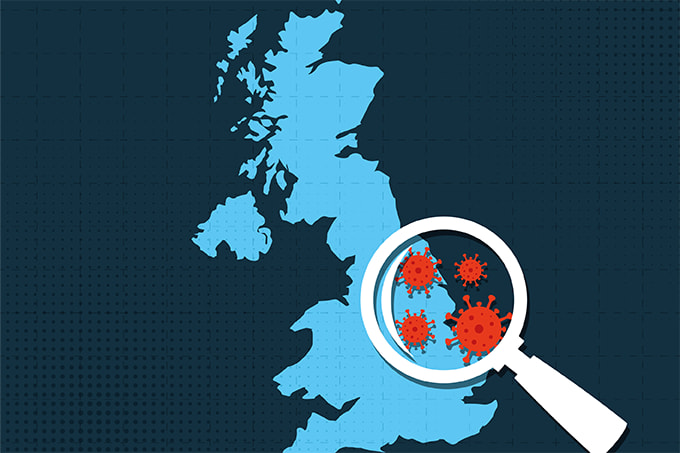
A year ago, SARS-CoV-2 was just starting to make headlines. As scientists and healthcare professionals, we carefully watched the news coming out of Wuhan, China, with the understanding that this virus could have a major detrimental impact on the world as we knew it. Over the ensuing 12 months, as the virus gripped countries around the globe, our worst fears were realized. The laboratory was thrust into the spotlight like never before; patient care weighed heavily in our hands as we tested millions for COVID-19 and pursued research that would help those with the virus recover safely and quickly.
One year on, we are hopeful to be turning a corner on COVID-19, with multiple vaccines available. So now we ask ourselves: what next?
There is no simple answer. It starts, however, with understanding how we function in a post-COVID-19 world. As pathologists and medical laboratory scientists, our job is – in many ways – just beginning. Our essential role in testing for COVID-19 over the past year, and in the months and years going forward, cannot be underscored enough. It is now up to us to drive public education on the available vaccines – and to champion the continued need for testing.
Despite the availability of COVID-19 vaccines, we cannot give up on the need for coordinated testing. It is estimated that almost 26 million Americans have been infected and, on average, 150,000 new cases are diagnosed each day in the United States alone (1). As we usher in a new administration under Joe Biden and Kamala Harris, the American Society for Clinical Pathology is committed to continuing its push for a national testing strategy. There are major gaps in our current response to COVID-19 that must be addressed, or we risk setbacks to the progress we have already made. We know that the lack of a comprehensive national COVID-19 testing strategy has resulted in poor coordination, disjointed testing patterns, and – more importantly – chronic laboratory supply shortages that ultimately slow not only COVID-19 testing, but other essential laboratory work as well.
The fight against SARS-CoV-2 is far from over. As leaders in health care, we are responsible for ensuring that leaders outside health care understand what patients need to get back to a place of health. We have the knowledge and the expertise to help shape the post-COVID-19 world and establish a foundation on which we can build efficient and effective patient care.
References
- US Department of Health and Human Services (2021). Available at: https://bit.ly/38ZsDrP.




